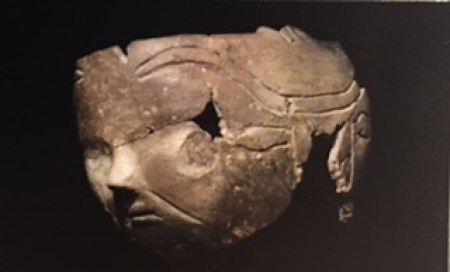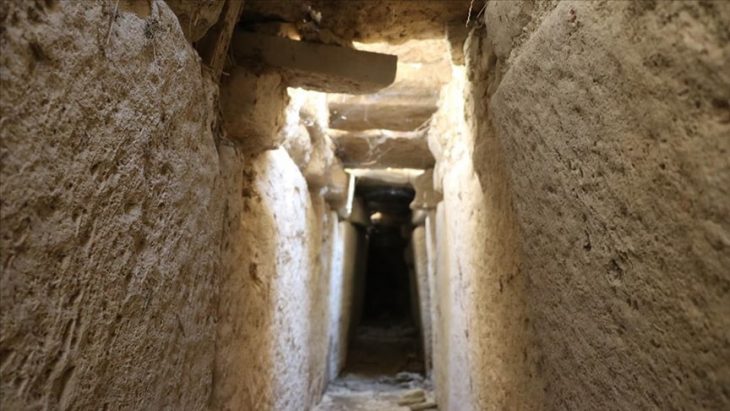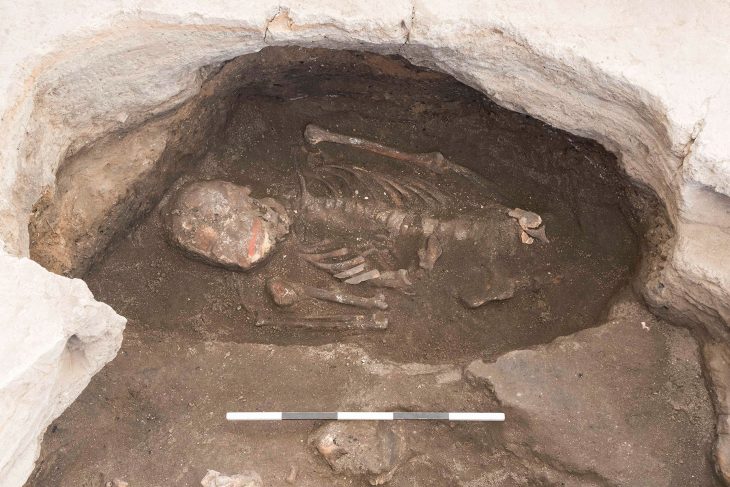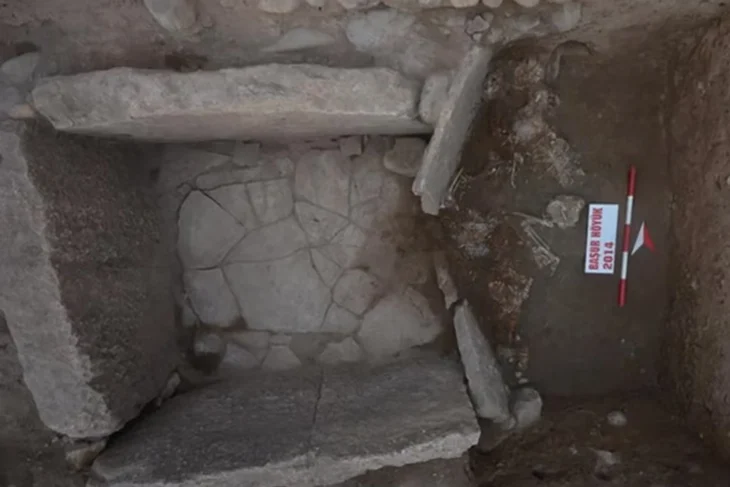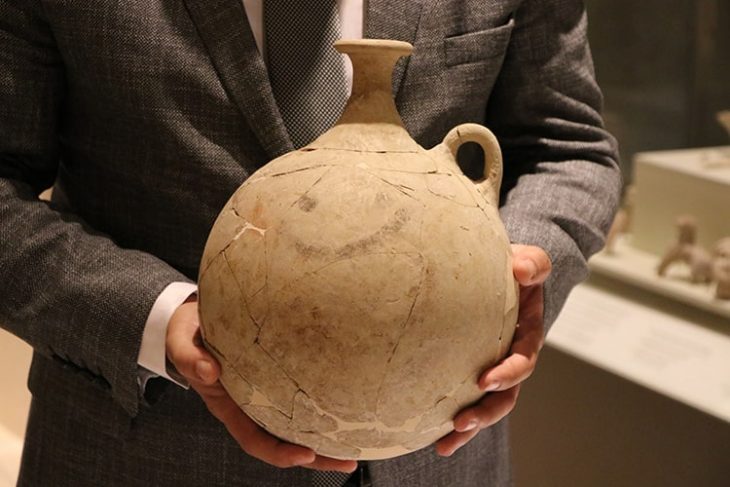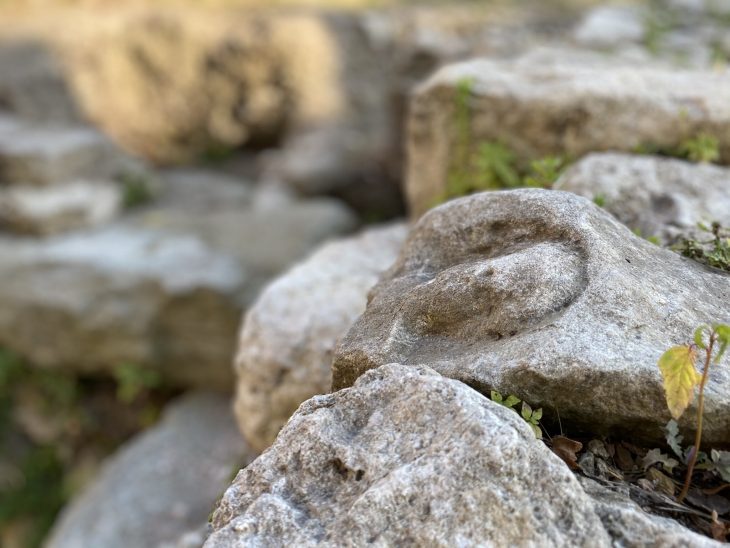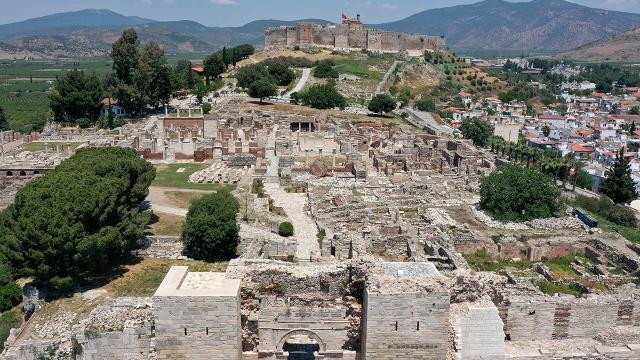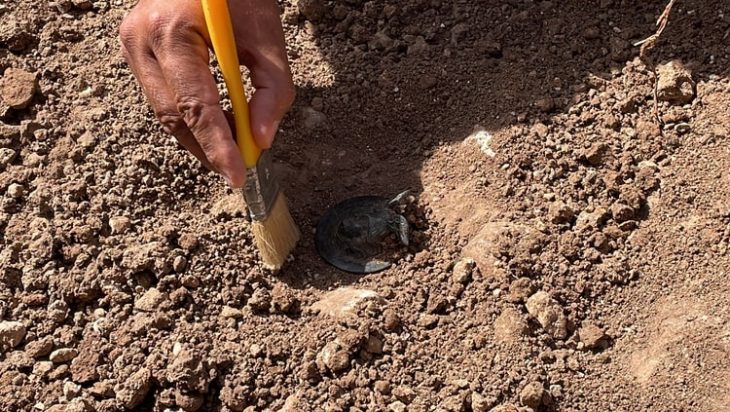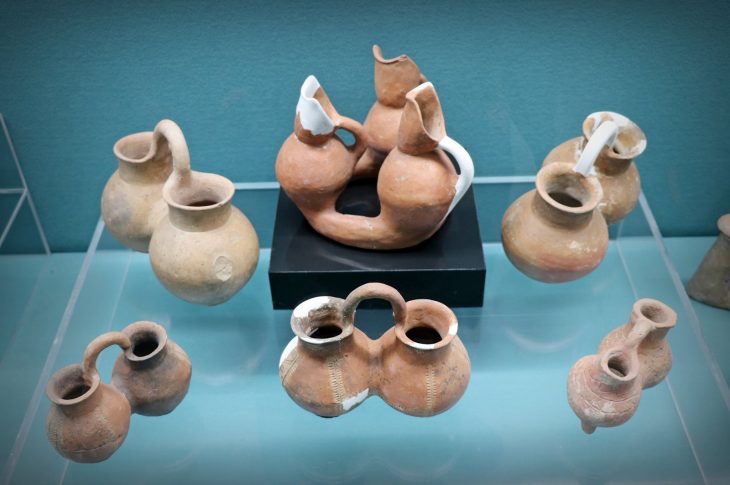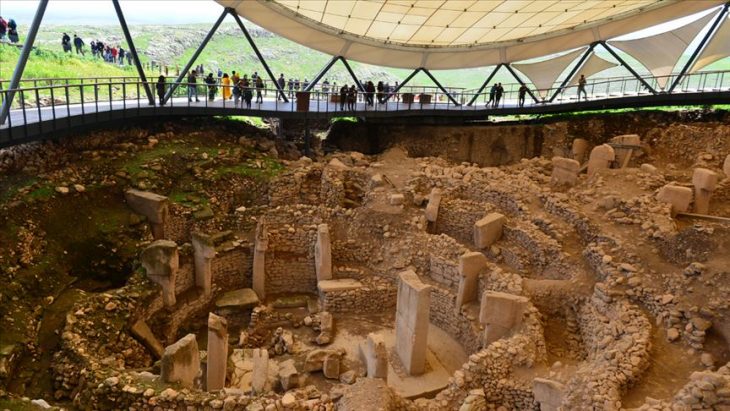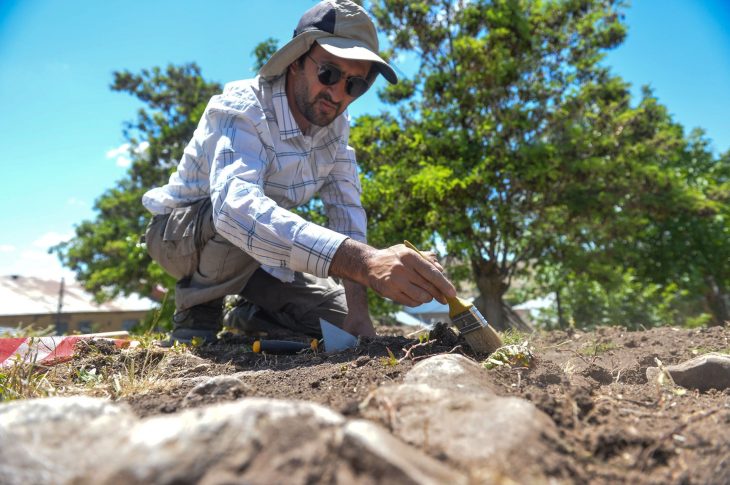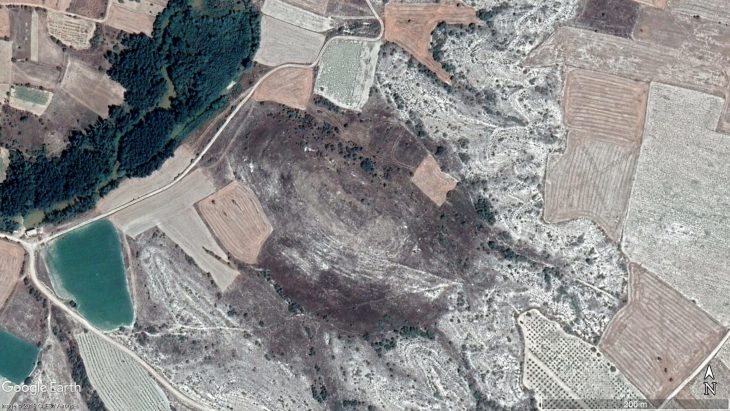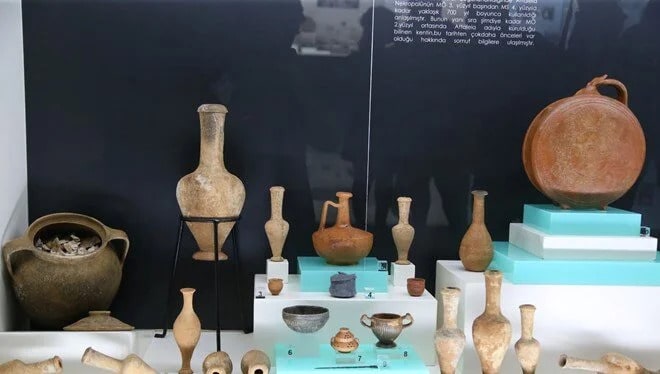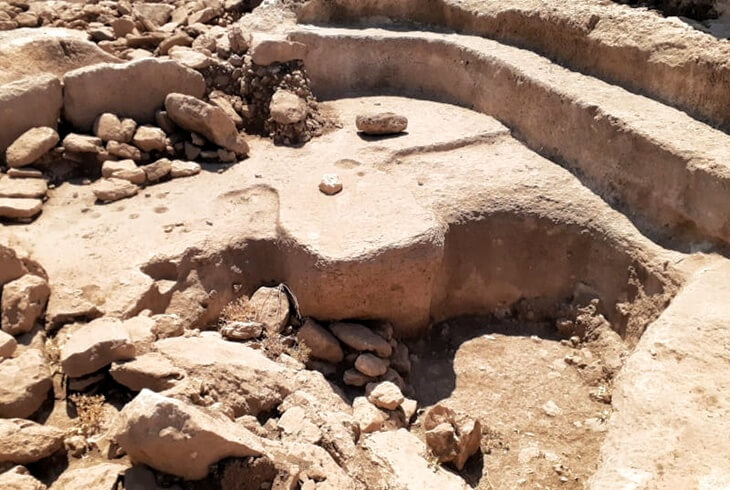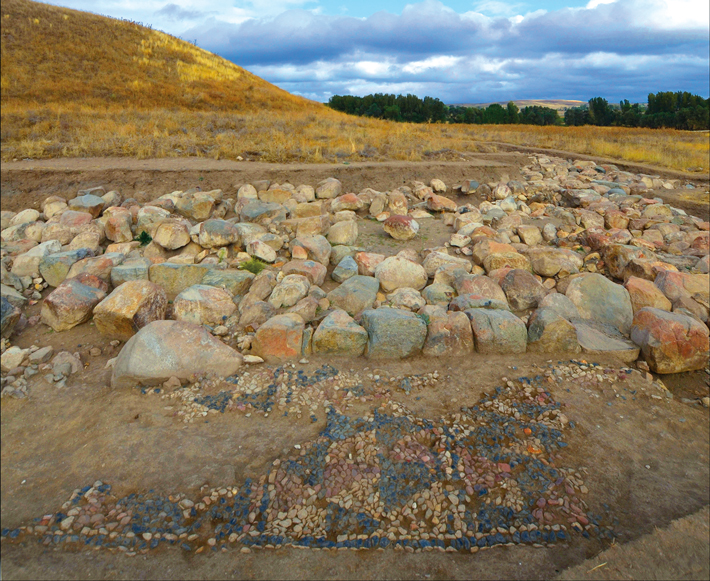Although it means Neolithic Age – New stone age – the developments in the Neolithic Age are much more than innovations in stone tools. One of these developments is undoubtedly the innovations in holy vessels.
It is often difficult for archaeologists to define concepts such as holiness, religiosity, and the supernatural based on archaeological evidence, especially for prehistoric periods without writing. The dimensions of the relations of the early peoples with the “sacred” and the reflection of this relationship on material culture are highly controversial issues.
In addition, regarding the religious life of the Prehistoric peoples who lived thousands of years ago; symbolism, mythical system, spiritual life, relationship with the supernatural, cult system, ideological system, spiritual/otherworldly life, religious system, belief system, and ritualistic / ritual / ceremonial system, etc. We see that many definitions are used and there is no consensus on which of these terms is more appropriate to use.
However, if we meet across a highly developed and sophisticated understanding of art and symbolism, sanctuaries, status objects, burial traditions, and finds applied to material culture in the late Neolithic, then we can think that the existence, identities, life, death, and afterlife of these cultures, in a way, are we can think that they think about the entire universe and nature and that all these concepts and phenomena can be gathered under the concept of “religion”.
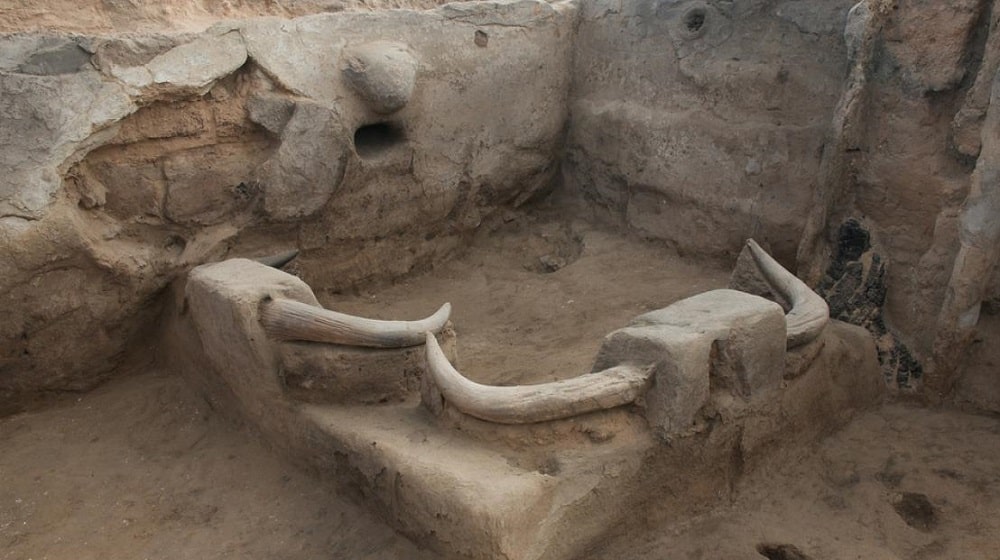
According to the famous historian of religions Mircea Eliade, almost every phenomenon in the life process of human beings (including birth and death) and in nature contains symbolic meanings and holiness.
Some scholars, such as Karen Vitelli and Avi Gopher, who researched the Neolithic pottery traditions of societies in the Near East and the Mediterranean, interpreted the first Neolithic clay pots in a symbolic and ceremonial context rather than in an “earthly and daily” meaning.
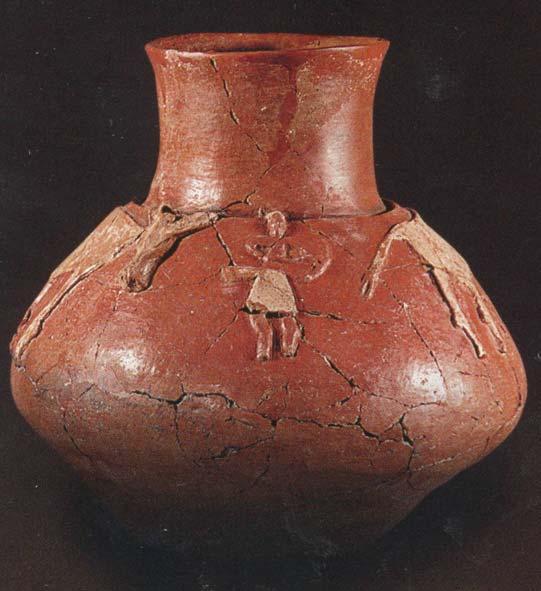
During the Neolithic period, two of the most important symbols for the peoples of the Near East were the human head and the bull’s head. The depiction of the human head seems to be related to the concept of “ancestral cult” that we have encountered since the earliest periods of the Aceramic Neolithic Age.
In Çatalhöyük, especially in the early periods, real bullheads are placed on the walls of almost every house or the bullheads we see in the form of molds after the middle layers and the horns placed on the benches turned into bull-headed handles on the pottery in the upper layers. Or it is reflected in very special vessels such as the “human and bull-faced vessel”.
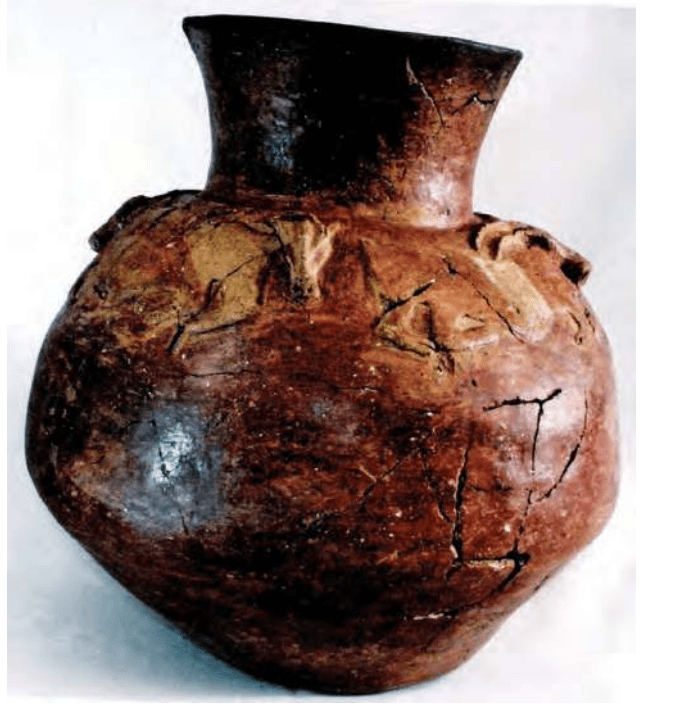
The reflection of bull symbolism on ceramics can be observed in many other settlements dating to the Late Neolithic Period, after 6500 BC. For example, it is seen in Neolithic settlements approximately contemporary with each other, such as Höyücek, Bademağacı, Hacılar, Kuruçay, Ege Gübre, Ulucak, Hoca Çeşme, Köşkhöyük and Tepecik-Çiftlik.
The bull’s head is shown on the pottery with vertically perforated handles or by adding horns to the handles with relief decoration, or by direct paint decoration.
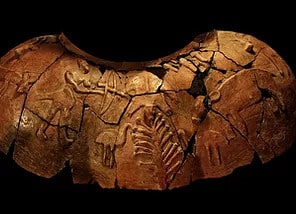
Symbolism on movable objects should be showing a more individual and dogmatic religious understanding. Thus, a group of terracotta pots and pans among the ritualistic elements of daily life becomes understandable both formally and functionally.
In the researchs carried out on the pots found, it was understood that meat with bones was cooked in these pots. In the early stages of the settlement, the wild bull banquets held outside the home may have been replaced by domestic celebrations with meals prepared in special pots over time. It can be thought that the rituals in question were performed on certain days or every day, by certain social groups or by whole families. The vessel itself resembled a bull and was cooking bull meat in it – undoubtedly, mutton was also cooked.
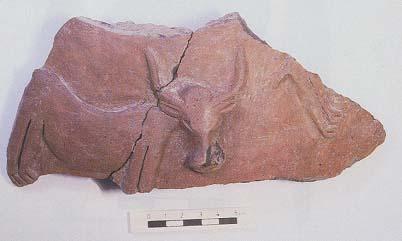
It is possible to say that this situation has developed in a ceremonial context with the way of life and thinking that has changed over time. The fact that such pots were not found in every house and that they were few in number might make them a special item that not every house has, and may indicate their special use and meaning.
Although it is not wrong to think that these vessels are very special and have sacred meanings in every situation, it should not be forgotten that they contain an understanding of art.
It takes place in different cults in Anatolia in the Neolithic Age. However, only the cult of the bull is included in order to narrow down our article content.
Cover Photo: Çatalhöyük, the vessel symbolizing the bull and human head together, “facepot”.

